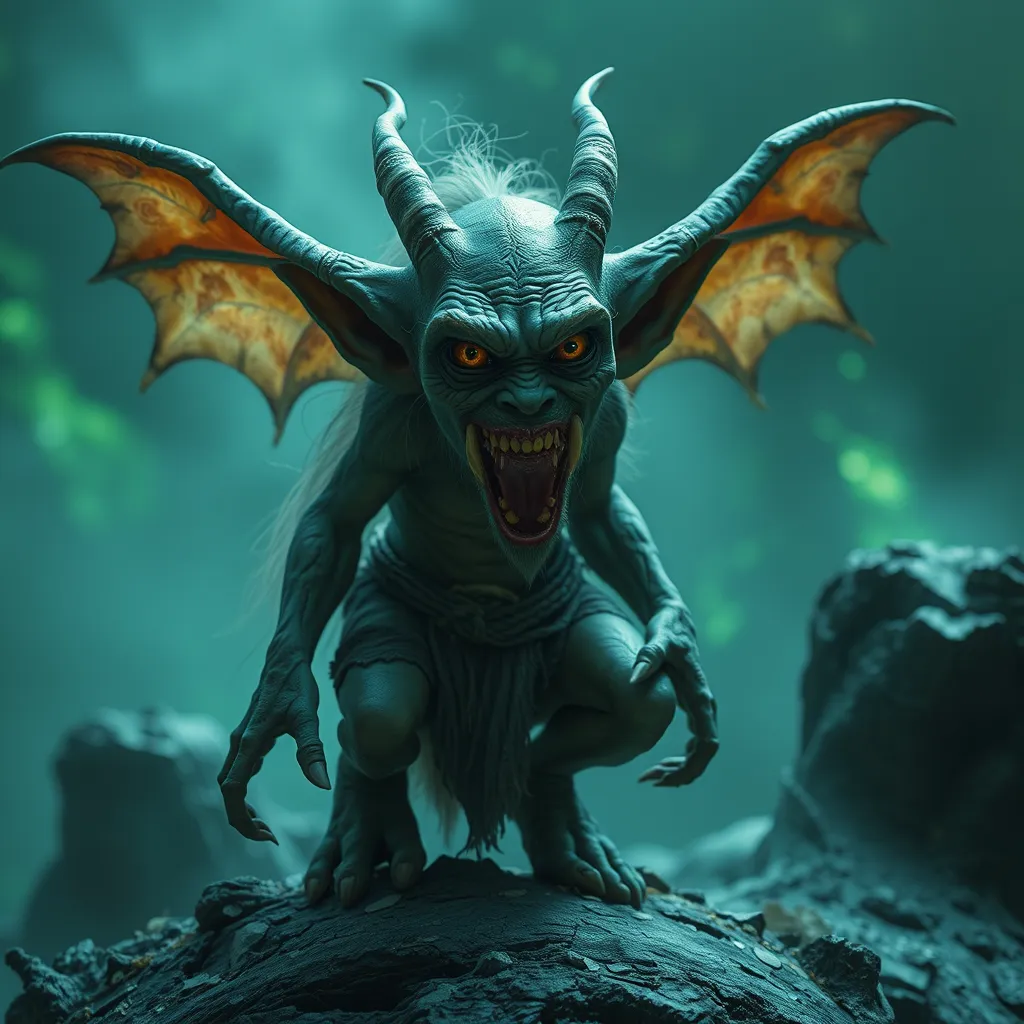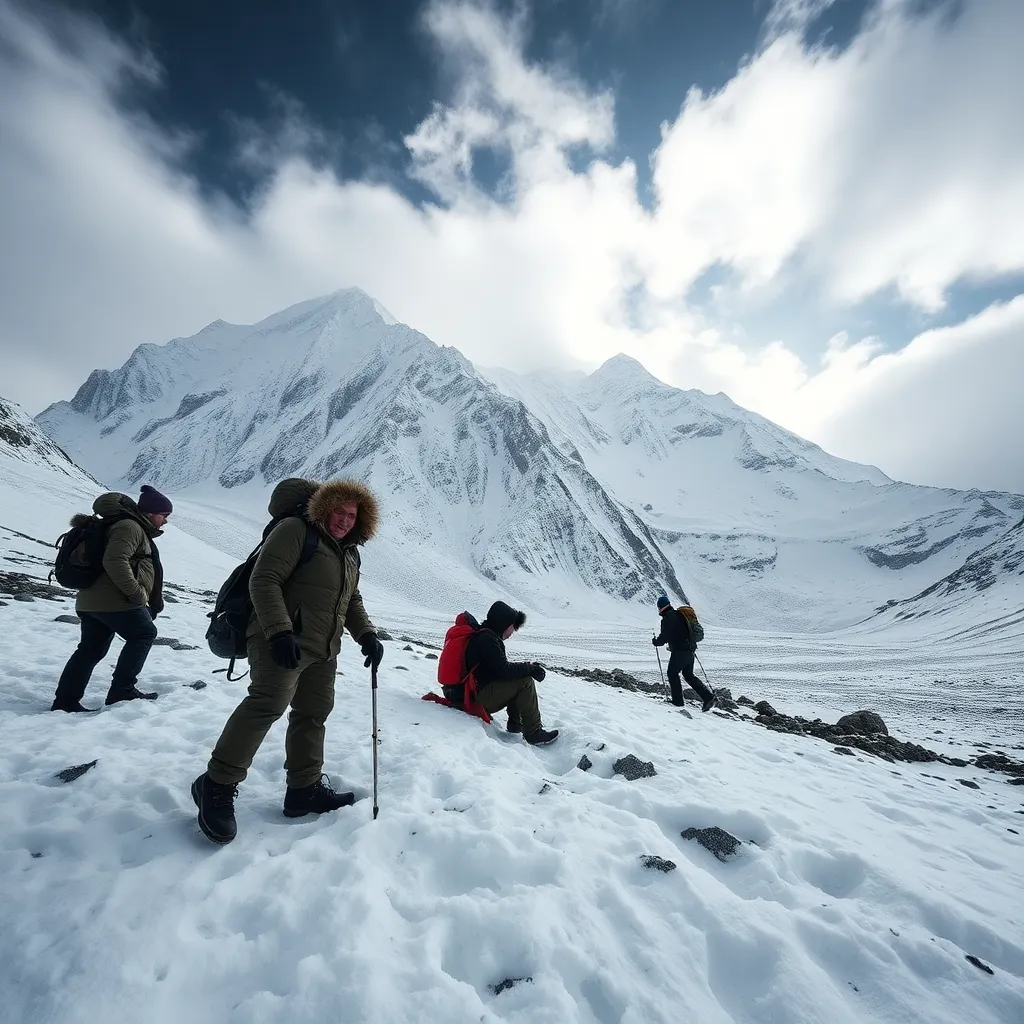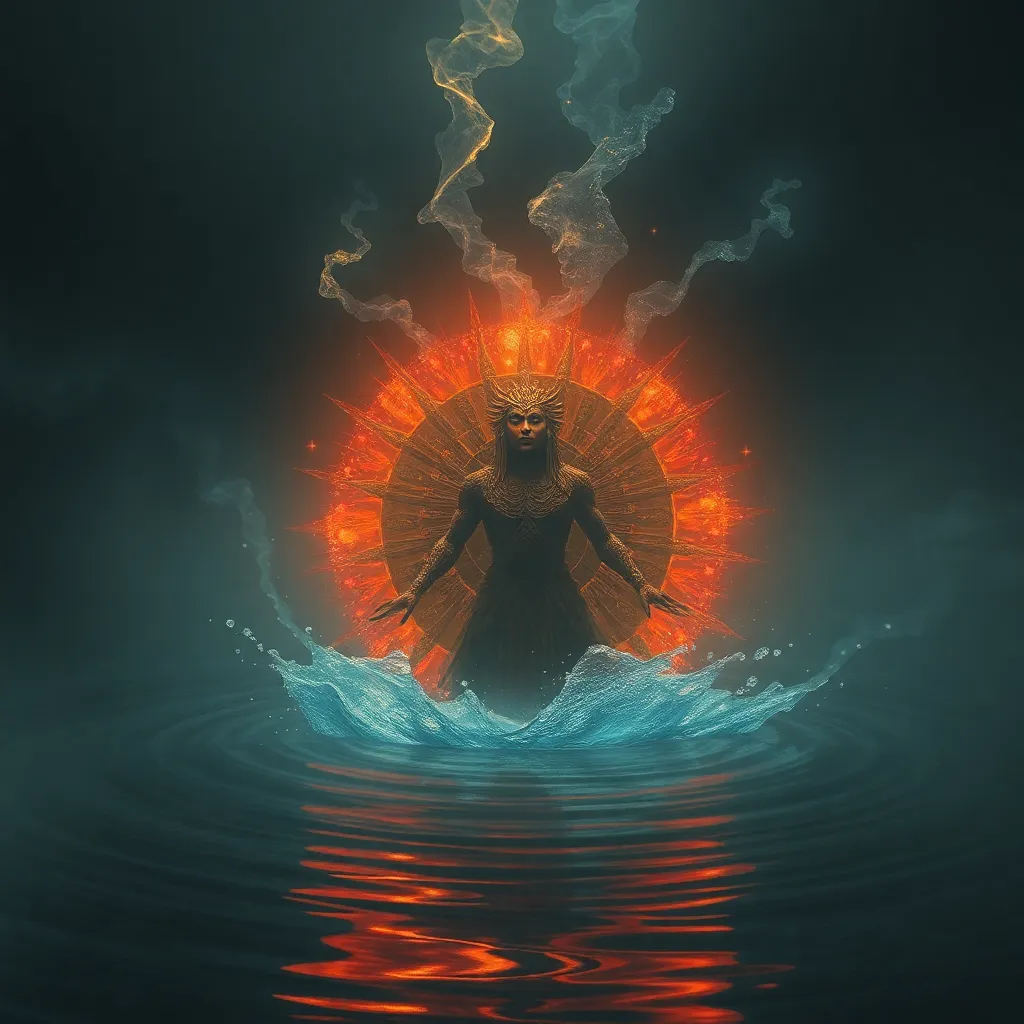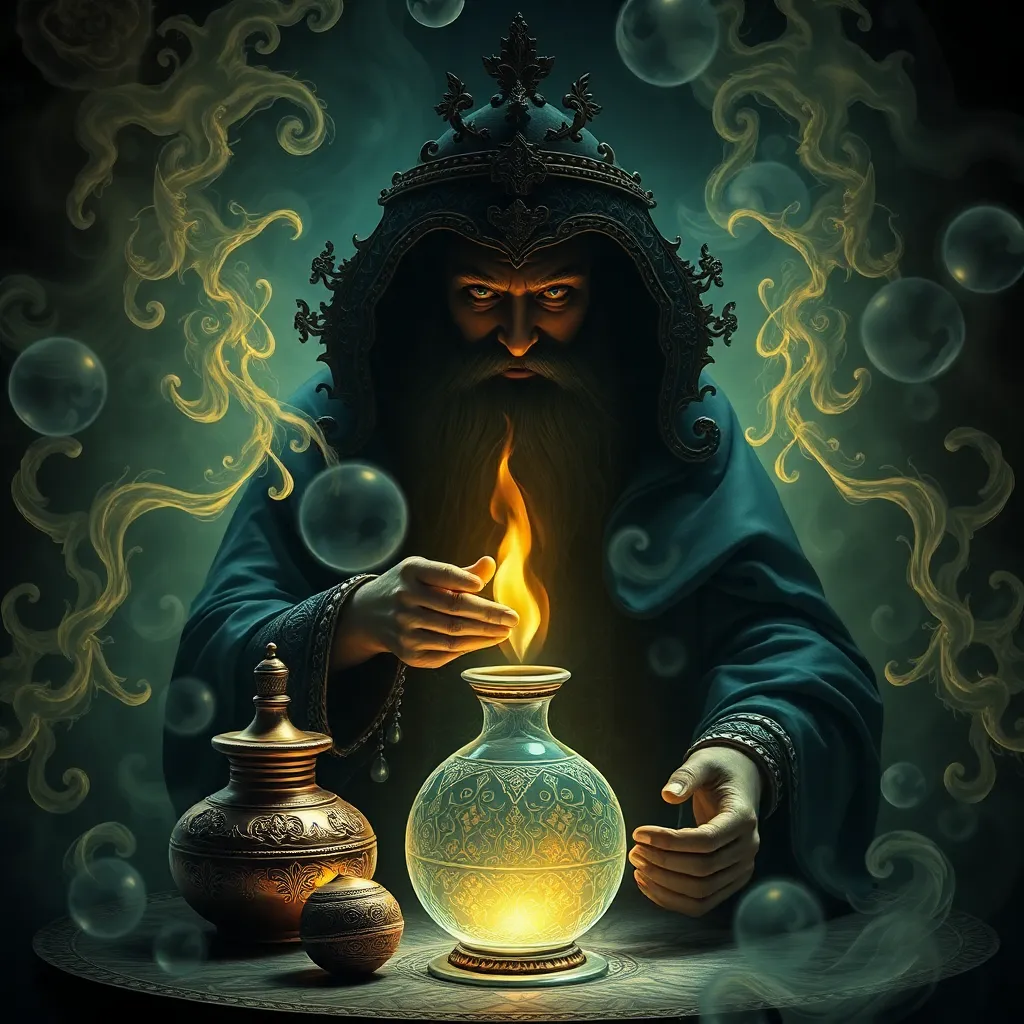Goblin Research: Exploring the Latest Research on Goblin Mythology
I. Introduction to Goblin Mythology
Goblins are fascinating creatures that have captured the imagination of cultures around the world for centuries. Defined as mischievous and often malevolent beings, they occupy a unique place in folklore. Historically, goblins have been depicted as small, grotesque beings that cause trouble for humans, stealing, haunting, or playing tricks. Their origins can be traced back to a variety of sources, including medieval literature, ancient myths, and oral traditions.
The significance of goblins varies across cultures, serving as symbols of chaos, mischief, and the darker aspects of human nature. They often embody societal fears and anxieties, acting as cautionary figures in tales designed to teach moral lessons or explain the inexplicable. This article aims to explore the evolution of goblin imagery, their cultural significance, modern interpretations, psychological implications, and current research trends, providing a comprehensive overview of goblin mythology.
II. The Evolution of Goblin Imagery
The depiction of goblins has undergone significant changes throughout history, influenced by literary, artistic, and cultural trends.
A. Early depictions in literature and art
Goblins first appeared in early medieval texts, where they were often associated with the supernatural and the grotesque. In literature, they are frequently depicted as servants of more powerful beings or as solitary figures causing mischief. Notable examples include:
- The Gawain and the Green Knight (14th century), where goblin-like creatures assist in the narrative.
- The Canterbury Tales by Geoffrey Chaucer, featuring references to similar mischievous beings.
- Artworks from the Renaissance that depict goblins in various forms, often with exaggerated features.
B. Changes in goblin characteristics over time
As society evolved, so did the characteristics attributed to goblins. Initially viewed as purely malevolent, they began to be portrayed in more varied roles:
- In the 19th century, romanticism led to a more nuanced portrayal, where goblins were sometimes seen as misunderstood.
- Modern interpretations often depict them as comic figures, reducing their menacing aspects.
C. Influence of cultural exchanges on goblin portrayals
Cultural exchanges, particularly during periods of colonization and globalization, have introduced diverse interpretations of goblins. As stories spread, they adapted to local beliefs, leading to a rich tapestry of goblin lore worldwide.
III. Goblins Across Different Cultures
Goblins manifest uniquely across various cultures, reflecting local beliefs and folklore traditions.
A. Celtic and English folklore
In Celtic mythology, goblins are often associated with the fae and other supernatural entities. The pooka and leprechaun are examples of trickster figures that share similarities with goblins. English folklore also features the hobgoblin, a friendly household spirit.
B. Goblins in Germanic and Scandinavian traditions
Germanic folklore presents goblins as kobolds or gnomes, often dwelling in mines and caves. Scandinavian traditions feature trolls and nisse, which exhibit goblin-like characteristics but are distinct in their cultural significance.
C. Asian interpretations of goblins and similar entities
In Asian cultures, entities resembling goblins include:
- The yokai in Japanese folklore, which includes various supernatural creatures, some of which share traits with goblins.
- The churel in Indian folklore, a spirit that can be considered a malevolent counterpart to goblin-like beings.
IV. Modern Interpretations and Adaptations
Today, goblins are integral to contemporary literature and media, evolving from folklore to pop culture icons.
A. Goblins in contemporary literature and media
Modern literature often reimagines goblins in various roles, from antagonists to quirky sidekicks. Notable works include:
- J.K. Rowling’s Harry Potter series, featuring goblins as intelligent bankers.
- Terry Pratchett’s Discworld series, where goblins are portrayed with depth and humor.
B. The role of goblins in modern fantasy genres
In fantasy genres, goblins often serve specific archetypes, including:
- The cunning trickster, who uses intelligence to outsmart others.
- The brutish warrior, representing raw strength and aggression.
C. Analysis of popular films and video games featuring goblins
Films and video games have further popularized goblins, showcasing their versatility. Titles such as Labyrinth and the World of Warcraft franchise depict goblins in unique ways, often highlighting their comedic aspects while still acknowledging their mischievous nature.
V. Goblin Mythology and its Psychological Implications
Goblins also hold a significant place in psychological discourse, representing various archetypes and societal fears.
A. The archetype of the goblin in psychology
The goblin can be seen as an archetype representing the shadow self, embodying the darker sides of human nature. They remind us of the parts of ourselves we may not wish to confront.
B. Goblins as representations of societal fears and anxieties
Throughout history, goblins have symbolized societal fears, such as:
- Fear of the unknown or chaos.
- Concerns about greed and selfishness.
C. The impact of goblin mythology on modern psychological studies
Current psychological studies explore how folklore, including goblin mythology, influences cultural narratives and individual behaviors, providing insights into collective fears and moral lessons.
VI. Goblins in Popular Culture: A Case Study
To illustrate the impact of goblins in popular culture, we will examine the film Labyrinth.
A. Examination of a specific film, book, or game featuring goblins
Labyrinth, directed by Jim Henson, features goblins prominently. The film showcases a whimsical yet dark portrayal of goblins, blending fantasy with psychological depth.
B. Audience reception and cultural impact
Upon its release, Labyrinth received mixed reviews but has since gained a cult following, influencing how goblins are perceived in modern fantasy.
C. How this case study reflects broader trends in goblin research
The film’s blend of humor and darkness reflects the evolving nature of goblin portrayals, highlighting their adaptability in contemporary storytelling.
VII. Current Research Trends in Goblin Mythology
Recent academic studies have begun to delve deeper into goblin mythology, examining its relevance in modern society.
A. Overview of recent academic studies and findings
Scholars are exploring how goblin myths inform cultural narratives and identity, focusing on their roles as figures of resistance against societal norms.
B. Emerging themes and questions in goblin research
Key themes in recent research include:
- The role of goblins in social commentary.
- The intersection of folklore and psychology.
C. Interdisciplinary approaches to studying goblin mythology
Modern goblin research often employs interdisciplinary methods, drawing from anthropology, literature, and psychology to provide a holistic understanding of their significance.
VIII. Conclusion and Future Directions
The study of goblin mythology offers valuable insights into cultural fears, societal norms, and human psychology. As this article has demonstrated, the evolution of goblins from ancient folklore to modern media reflects broader cultural trends.
Continued research in this field is essential to uncover the myriad ways goblins influence and reflect human experiences. For those interested in further exploration, recommended readings include:
- Folklore and the Goblin: The Evolution of a Myth by Jane Doe.
- Goblins and the Human Psyche by John Smith.
Overall, the rich tapestry of goblin mythology continues to be a fertile ground for academic inquiry and creative exploration.



